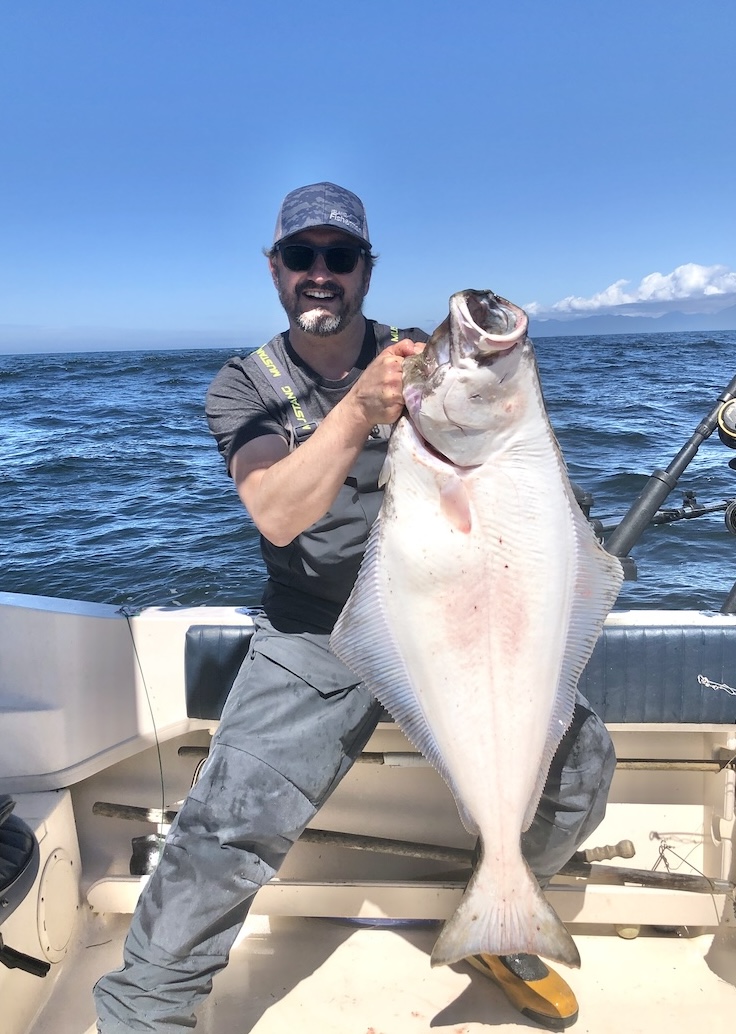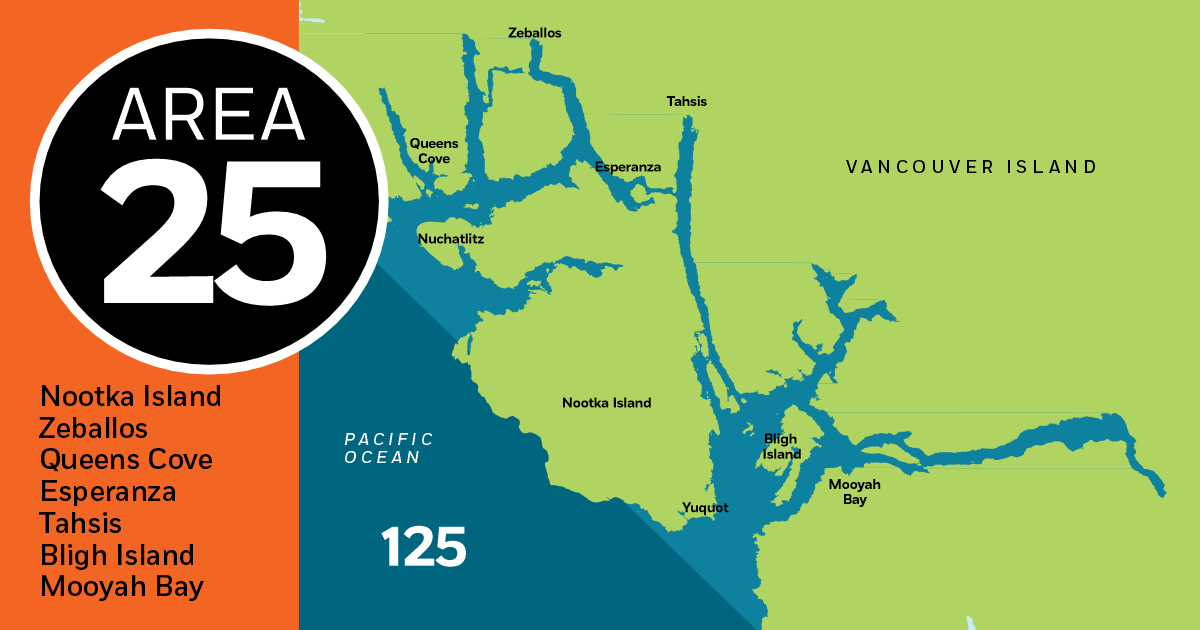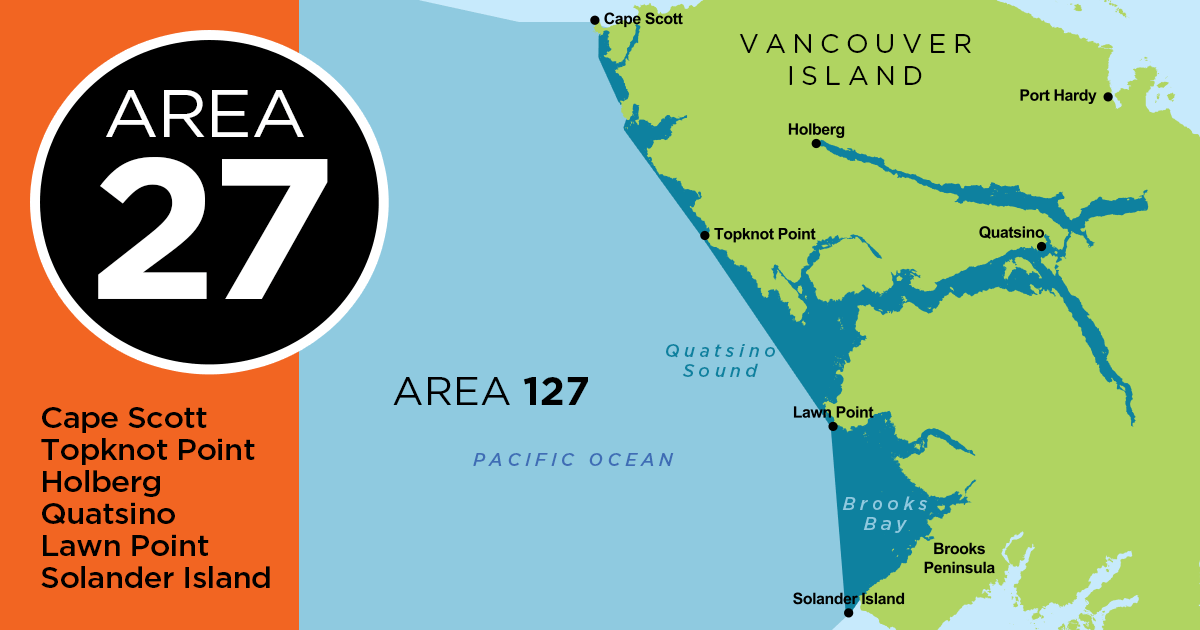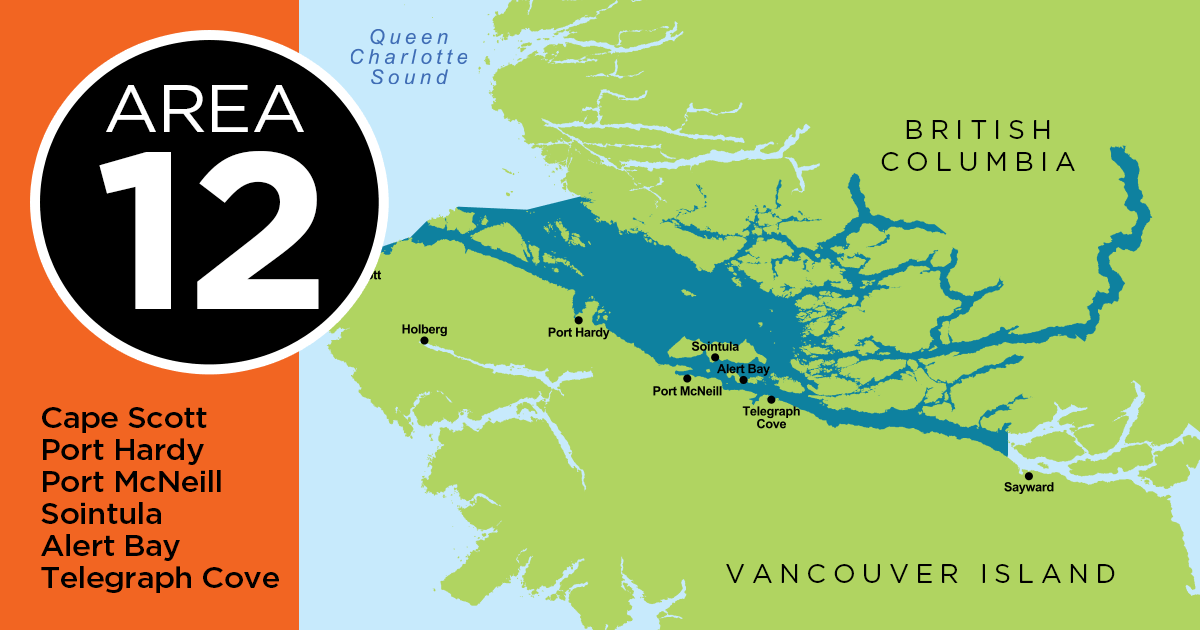
The recreational fishery does best in an environment of certainty. Regrettably, in recent years anglers have come to understand that the abundance of fish is anything but certain. However, the policy framework that describes and allows our fishery to proceed has been fairly stable, albeit with changes over time such as the introduction of the Wild Salmon Policy (download the most current PDF).
One of the foundations of the Pacific regional recreational fishery in the modern era has been the salmon allocation policy (download “An Allocation For Pacific Salmon 1999-2005” PDF), which came into effect in late 1999.
It’s hard to know how much thought the average angler gives to these things. But if anyone wonders why there hasn’t been a commercial troll fishery for Chinook salmon in the Strait of Georgia for more than 20 years, this allocation policy is the reason. Principle 4 puts forth that after the needs of conservation and First Nations food, social and ceremonial requirements and treaty obligations have been met, the next allowable harvest of Chinook and coho will be accorded to the recreational fishery on a priority basis before any commercial harvest is allowed.
This priority came about because, simply put, the harvest of Chinook on Canada’s Pacific coast by the recreational fishery is worth more to the economy than if caught by the commercial fishery. In practice, what this means is that the recreational fishery has to be at full limits, and there has to be an abundance of fish sufficient to reasonably provide the expectation this might be achieved.
In places such as off the shore of the west coast of Vancouver Island and around Haida Gwaii with typically larger seasonal abundances, directed commercial fisheries for Chinook have continued each year, as well for coho at the latter location.
The certainty the salmon allocation policy has provided for nearly 20 years is now going to change as the result of a recent legal decision by the BC Supreme Court in a case known as the Ahousaht Indian Band and Nation vs. Canada, on behalf of five Nuu-chah-nulth First Nations from the west coast of Vancouver Island. This decision represents revisions to the original court ruling from 2009, further delineating the rights of the five First Nations to harvest and sell fish within their territories, describing it as a small-scale, artisanal, local, multi-species fishery to be conducted in a nine-nautical mile strip from shore, using small, low-cost boats with limited technology and restricted catching power, aimed at wide community participation.
The entire court ruling runs to 401 pages, but the key part for the recreational fishery relates to the decision by the court that the aboriginal commercial right to fish has priority over other sectors, with paragraph 925 concluding “To accord priority to the recreational fishery over the plaintiffs’ aboriginal commercial fishery is not justified.”
In response, and against the background of a broader reconciliation process with Canada’s First Nations by the federal government, the Minister of Fisheries and Oceans Dominic LeBlanc immediately announced that DFO (Fisheries and Oceans Canada) will undertake a thorough review of the Pacific salmon allocation policy with Indigenous groups and all stakeholders. In an email to DFO and Coast Guard employees, the decision was described as “a transformative shift within our Department and the government as a whole toward making the recognition and implementation of rights the basis of Canada’s relationship with Indigenous peoples”.
This doesn’t mean that the current salmon allocation policy is no longer in effect; it will remain so until replaced by a new version after the review has taken place. And it also doesn’t mean that commercial fishing by First Nations everywhere will start immediately—the right to do so has to be achieved either through legal action, as with the five Nuu-chah-nulth bands, or by treaty negotiations on an individual First Nation basis. But this recent BC Supreme Court decision and the federal government’s response does mean that the hierarchy of opportunity described within the salmon allocation policy will be changing. Thus, it is a reasonable assumption that future opportunities for non-aboriginal Canadians and visitors to this country to access salmon will be different from those enjoyed at present, and only with the passage of time will the new certainties become known.
Additional resources on policy, reports and agreements can be found here.
Visit the Store
$34.99
$34.99
Featured Catch

Joel Unickow halibut (Photo: Rob Frawley Lucky Strike Sportfishing Tofino)








